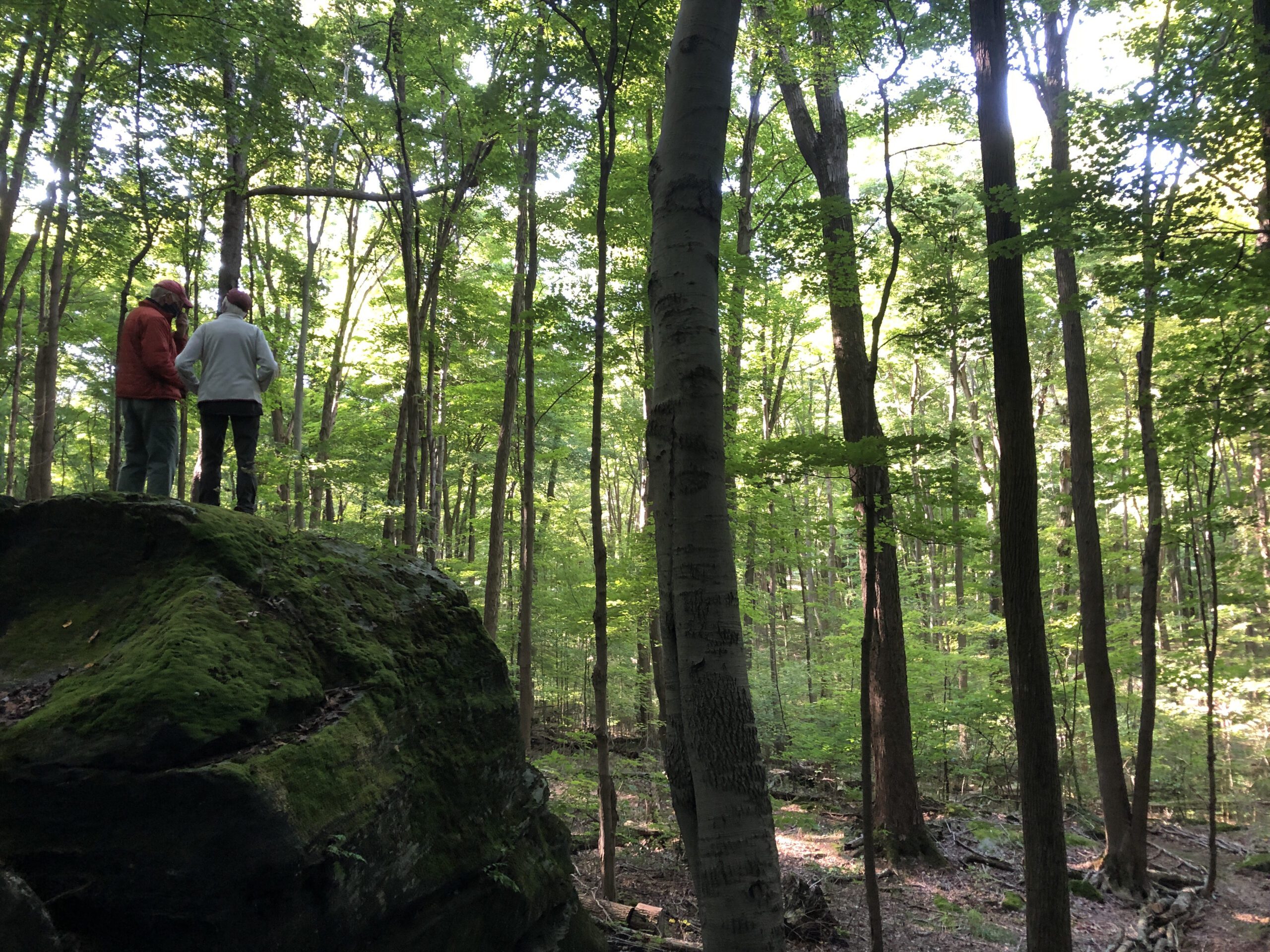

Beautiful natural landscapes that make Ohio special are protected now and for future generations. On family farms that stretch back generations, we supplement and sustain fertile soils now and for the future. In communities plagued by blight and decay, we partner with neighbors to connect and change. At Western Reserve Land Conservancy, we describe our work in one word: transformative.
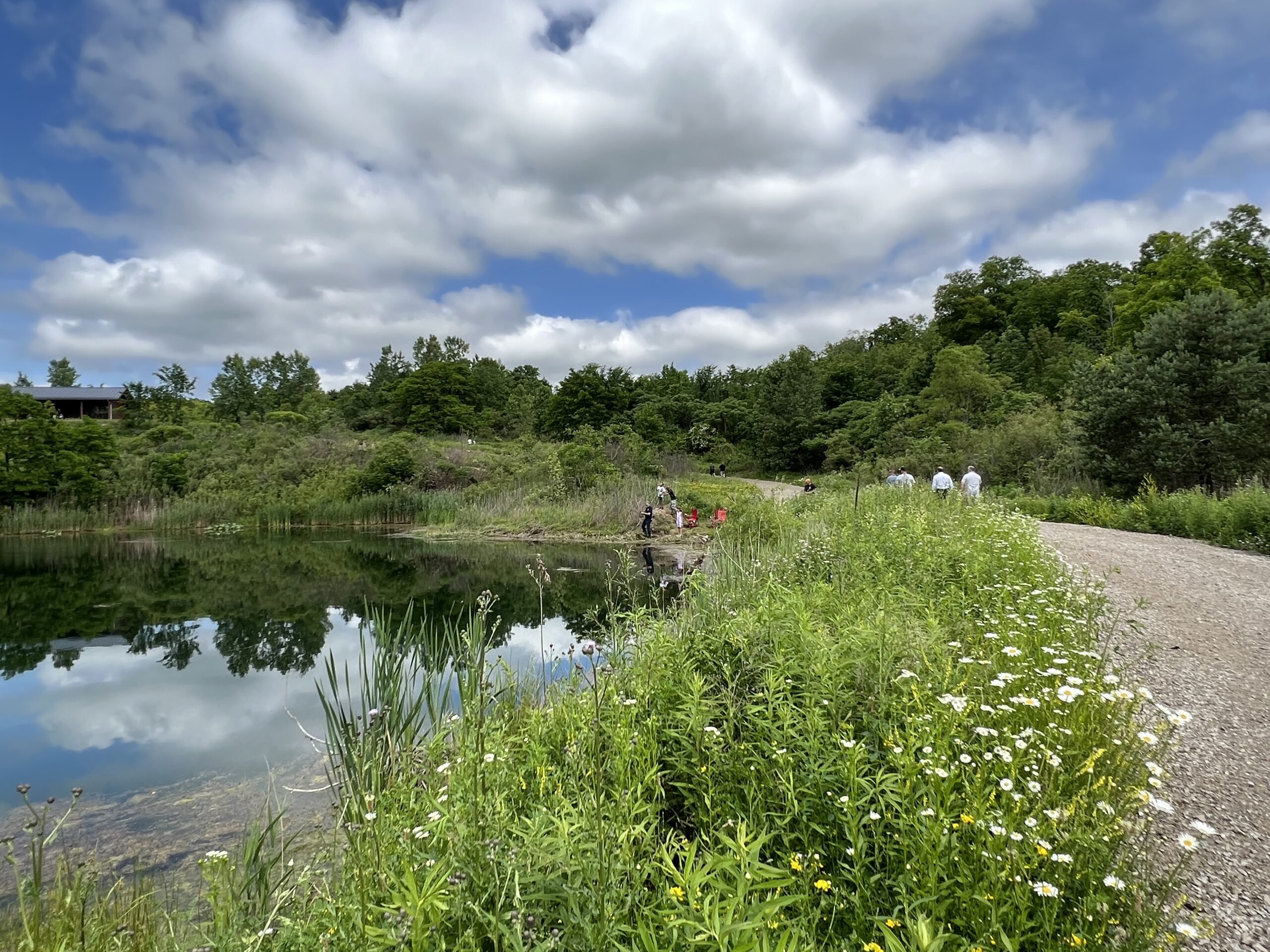
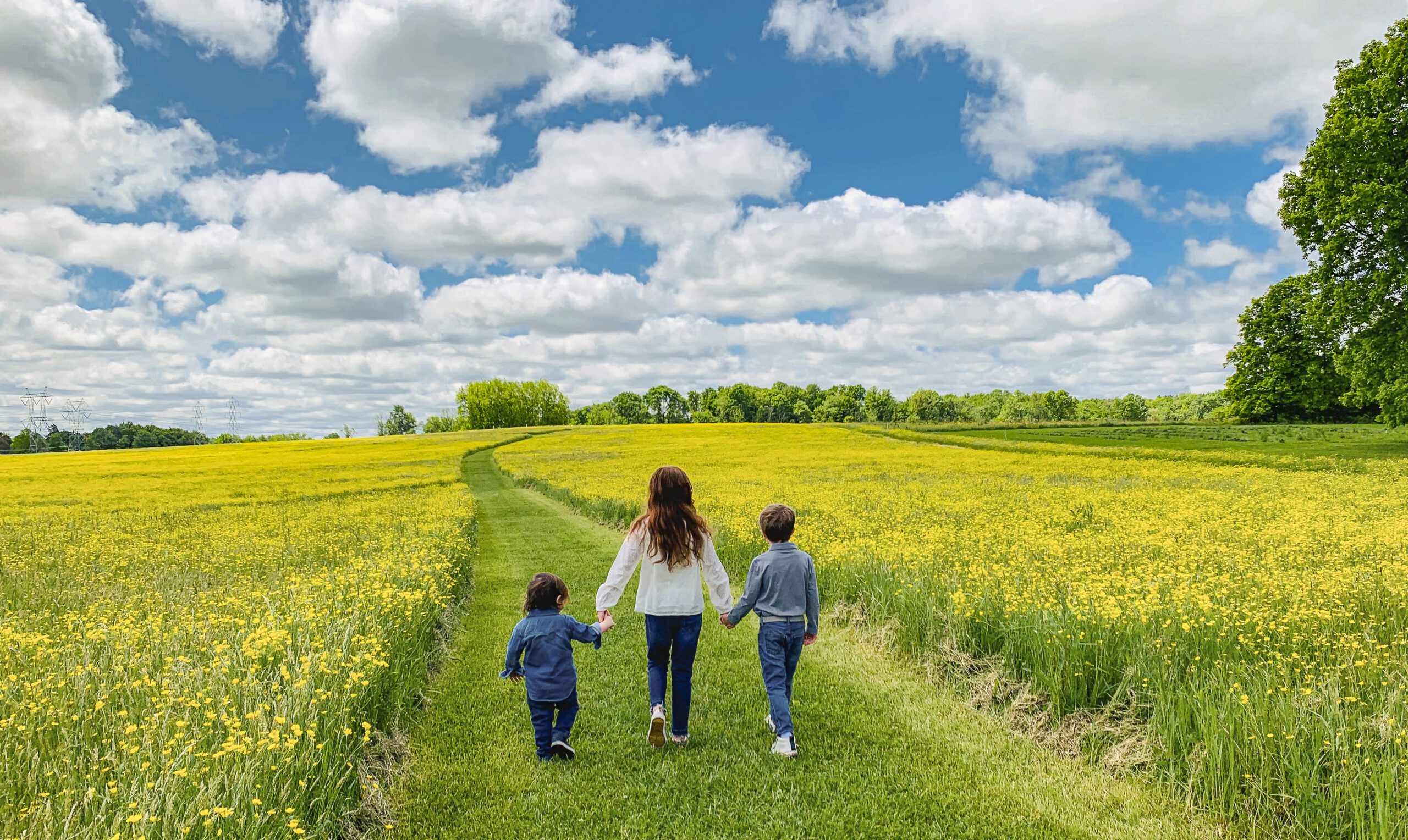
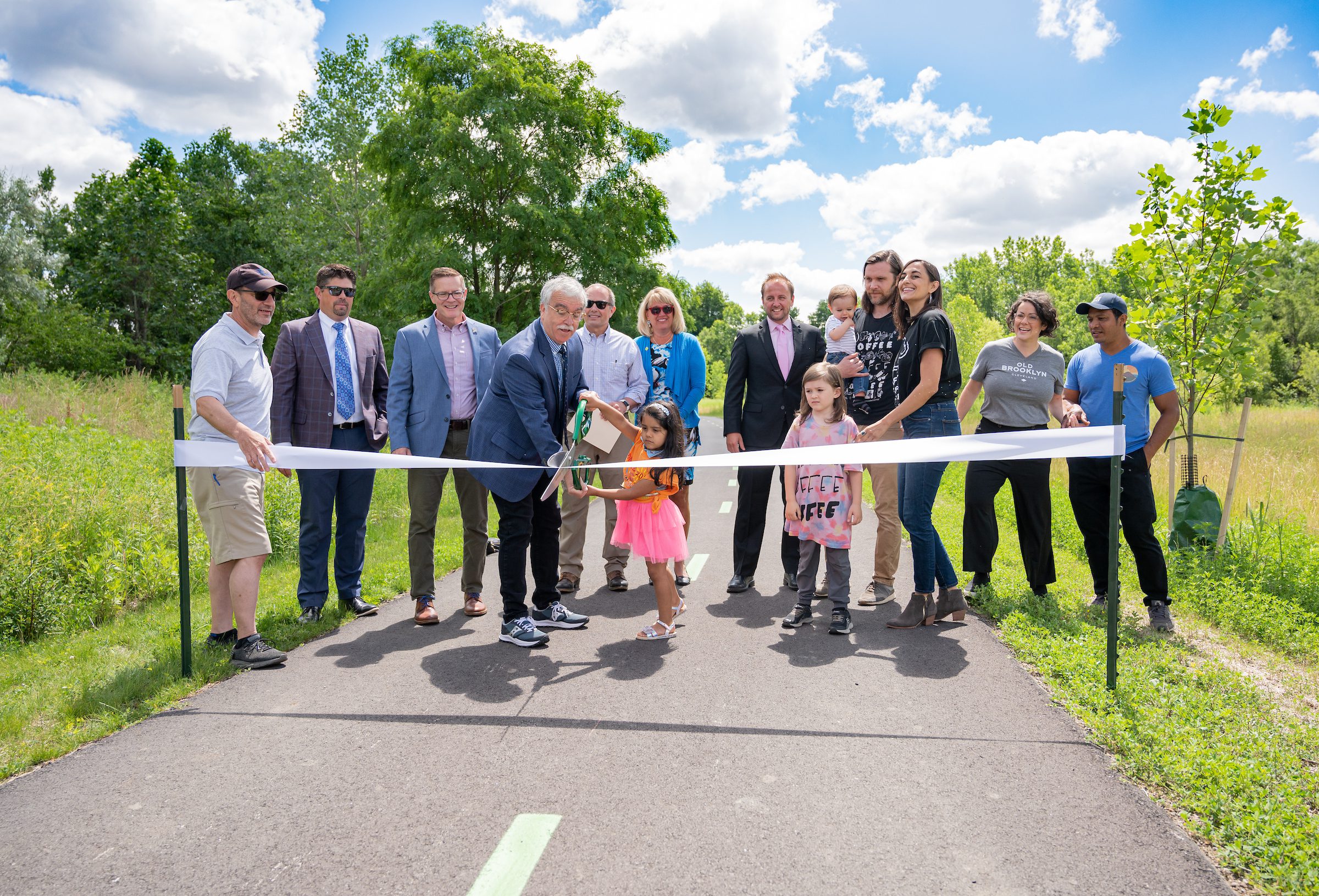
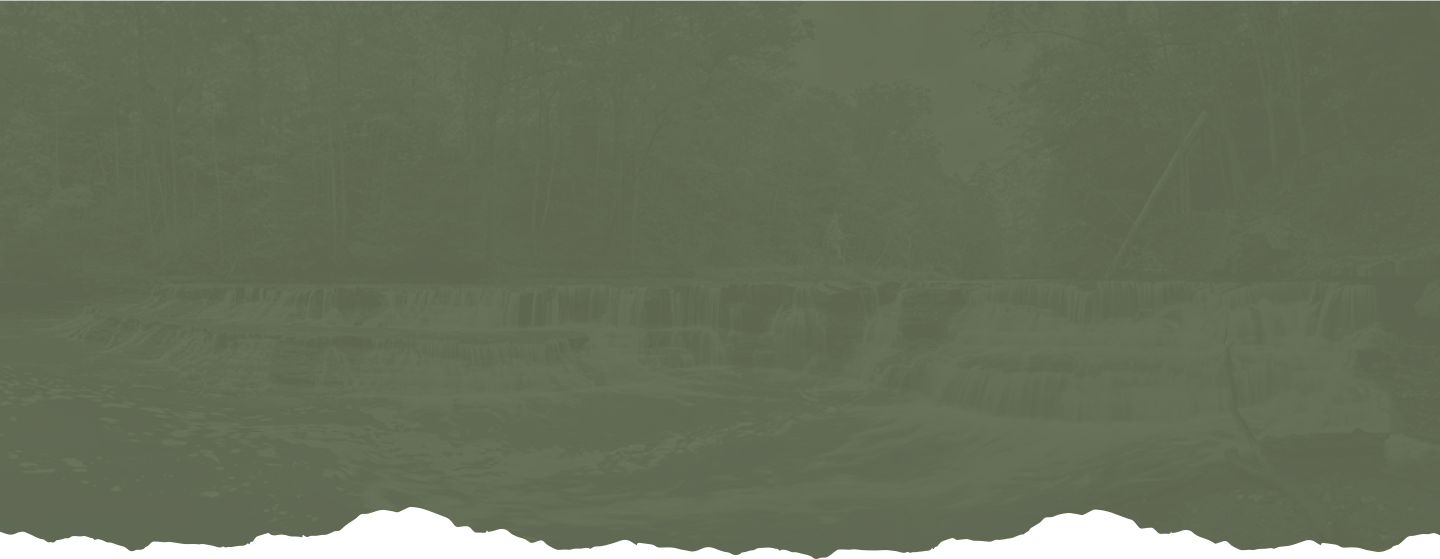
For nearly 30 years, we have improved landscapes and environments, turning polluted into prosperous, vacant into vibrant, fallow into fertile, threatened into thriving. We connect people with their environments. We conserve lands and all the benefits they provide. And we sustain our landscapes now and for future generations.
But it is not always easy to see the potential of what land can become. Scars on the landscape are hard to ignore. Waters can be polluted and poisoned, remnants of an industrial past that held little concern for the health of the land and the surrounding communities.
Our vision is that today, and for future generations, Northeast Ohio will remain a stunningly beautiful and healthy place. An authentic place filled with scenic views; abundant clean rivers and lakes; miles of connected trails for hiking, biking, skiing, and horseback riding; and an accessible, clean, and safe great lake for world-class fishing, swimming, and boating, accessible by everyone.

The average American spends 93% of their life inside: 87% indoors, 6% in automobiles. That’s only 7% of your entire life outdoors. That’s only one half of one day per week outdoors.
Children today spend less time outdoors than any other generation, devoting only four to seven minutes to unstructured outdoor play per day while spending an average of seven and a half hours in front of electronic media.
The United States is losing a football field’s worth of natural area every 30 seconds. This amounts to the loss, each year, of forests, wetlands, grasslands and other natural places that, combined, are roughly the size of Everglades National Park.
Scientists say that in order to address species loss, the effects of climate change and fair access to natural areas, we need to permanently protect at least 30 percent of our lands, rivers and oceans by 2030.